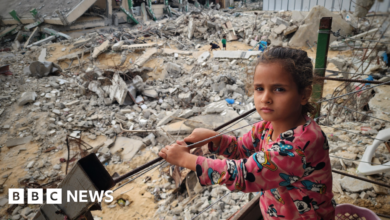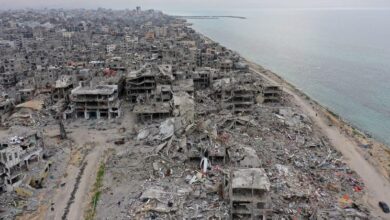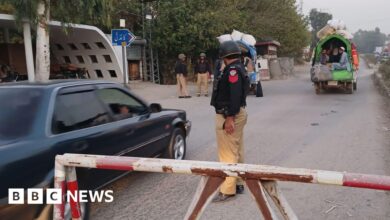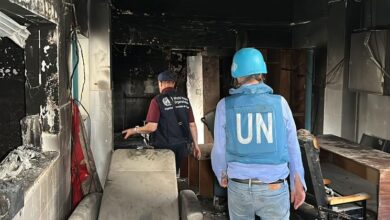UNRWA said the Rafah exodus had surpassed 810,000 people
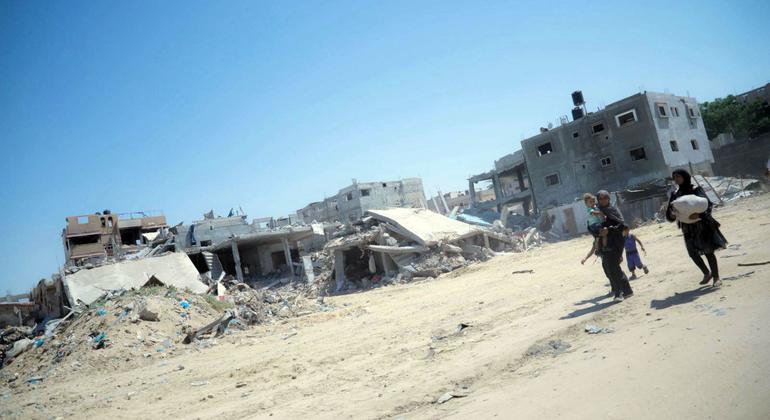

“Every time families are displaced, their lives are in serious danger. People were forced to leave everything behind in search of safety. However, there is no safe zone,” said the United Nations agency for Palestinian refugees, UNRWAsaid in a post on X.
Accompanying the warning, images showed families with belongings piled high behind cars and makeshift trailers; Another photo taken overlooking the coast shows a series of shelters for displaced people, all made from simple sheets of fabric and extending to the horizon.
According to Gaza health authorities, at least 35,300 Gazans have been killed and more than 79,260 injured amid Israeli shelling since Hamas-led attacks in Israel on October 7 left about 1,250 people dead. network and more than 250 people were taken hostage from southern Israel.
Latest data from UNRWA Online logistics platform pointed out that the delivery of humanitarian aid has stopped almost completely through the main entry points into Gaza – the Rafah border crossing and Kerem Shalom in the south.
Amid escalating military activity in eastern Rafah, No United Nations relief supplies had reached the area on Sunday According to the UN agency’s portal, on May 19, only 27 aid trucks passed through Kerem Shalom on Saturday, which also showed that only 33 additional aid trucks used Kerem Shalom since May 6 and no vehicles pass through Rafah.
In the northwest of the land, the United Nations World Food Program (WFP) reported that they used Erez west – also known as Zikim – to transport supplies and “try to get enough food to prevent the ongoing famine”.
However, Matthew Hollingworth, WFP Country Director for Palestine, emphasized that humanitarians need more entry points to receive aid.
“Every new entry point is a new lifeline, pumping a lifeline into Gaza, so we will work hard to continue to find new entry points and get more more support in quantity consistently.” Latest updates.
Difficult to reach displaced people
World Health Organization (WHO) Emergency Communications Team Leader Nyka Alexander recently visited Gaza, which she noted in an interview on Monday with UN News that only a third of Gaza’s hospitals – about 12 out of 36 – are operating and that constant fighting has made it difficult for medical staff to do their jobs.
Treating displaced people is becoming more and more difficult because they are constantly on the move.
“Without ongoing care, who has your medical records? Who knows what treatment you need?Mrs. Alexander said.
Furthermore, she said, the recent closure of border crossings in Gaza has forced medical workers to ration already limited medical supplies, putting additional strain on medical workers.
She reiterated that no place in Gaza is safe and welcomed the humanitarian and health care workers who continue to work hard despite extremely difficult circumstances.
“It’s really heartwarming to see people, despite the fact that it’s not safe, are doing everything they can to help others”, Ms. Alexander said. Listen to the full interview below:

